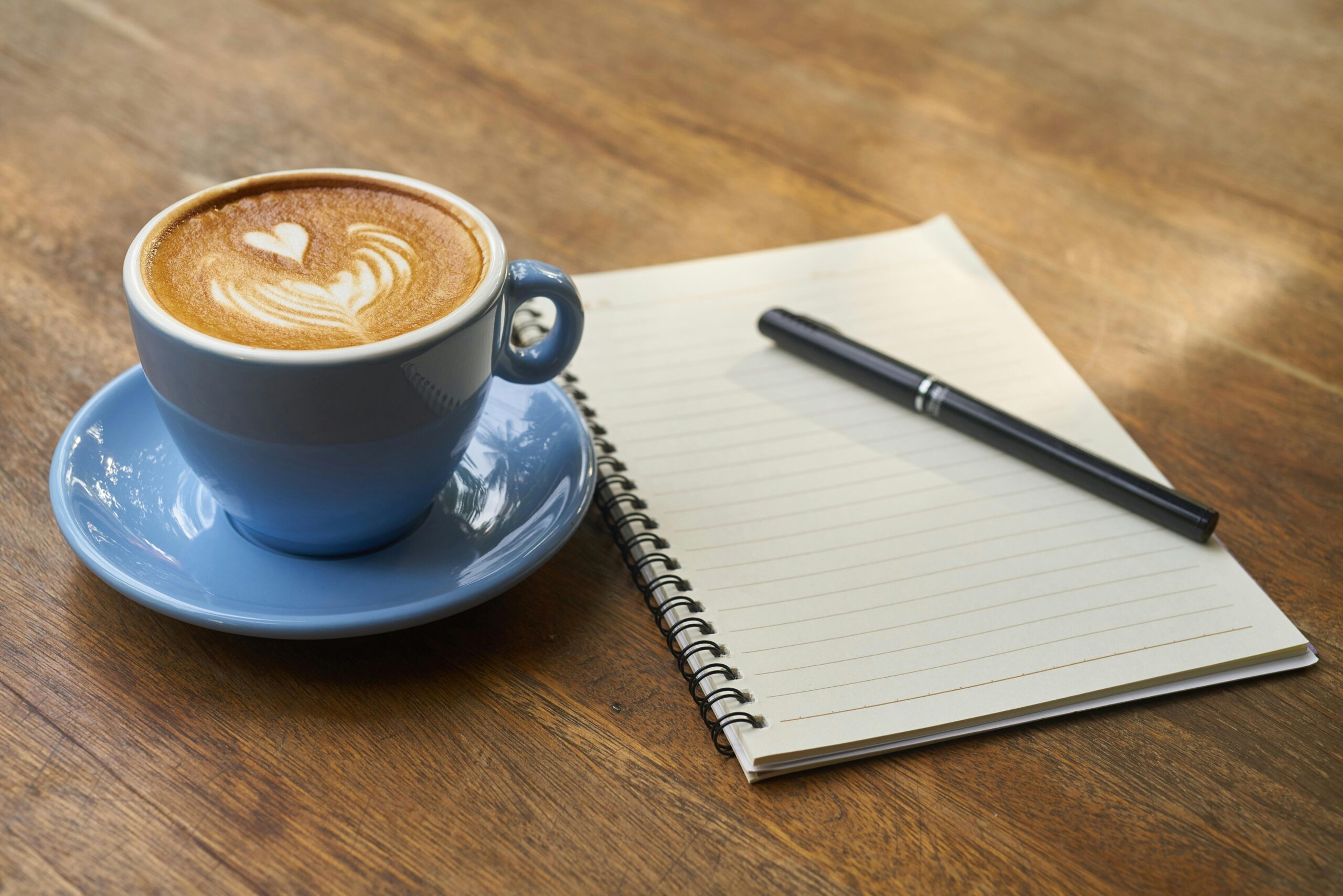Uncovering the Bold Identity of an Unconventional Process
Among the countless coffee-producing nations, Indonesia stands alone with one of the most unusual, climate-adapted processing methods: wet hulling. Known locally as giling basah, this technique gives rise to what coffee professionals around the world refer to as Indonesian wet-hulled coffees — beans that defy the norm with bold, earthy profiles, thick body, and wild, rustic charm.
If you’re used to clean, washed Central Americans or fruity naturals from Africa, brace yourself. Indonesian wet-hulled coffees are the earthy outliers of the specialty coffee world — misunderstood by some, adored by others, and undeniably one-of-a-kind.
What Are Indonesian Wet-Hulled Coffees?
A Process Born from Climate, Not Convention
Unlike the washed or natural processes common in other origins, Indonesian wet-hulled coffees are a product of necessity. The humid, rainy conditions of the archipelago — especially in regions like Sumatra, Sulawesi, and Aceh — make full drying on patios nearly impossible.
Here’s how the process works:
- Cherries are depulped shortly after harvesting.
- Beans are briefly fermented or sometimes not fermented at all.
- They are partially dried (to about 30–35% moisture) before being hulled — much earlier than in other processing methods.
- The parchment is removed while the bean is still wet, and then it’s dried again to reach exportable moisture levels (11–12%).
This double-drying approach leaves the green beans soft, jade-colored, and extremely vulnerable to physical damage. It also gives them that distinctive flavor profile: low acidity, full body, and earthy, herbal notes often described as mossy, foresty, spicy, or even tobacco-like.
The Flavor of the Earth: Tasting Indonesian Wet-Hulled Coffees
A Profile You Either Love or Learn to Appreciate
If you’ve never tasted a classic wet-hulled Sumatra, prepare for something completely outside the traditional flavor wheel. These coffees tend to offer:
- Low acidity with a rounded mouthfeel
- Heavy body, sometimes almost syrupy
- Earthy and herbal notes: forest floor, cedar, dried mushrooms
- Savory complexity, with hints of dark chocolate, clove, or green peppercorn
While these profiles may not win over fans of delicate florals or citrusy washed Ethiopians, they offer a comforting, grounding quality that pairs beautifully with milk or espresso. In fact, many specialty roasters include wet-hulled coffees in espresso blends to add body and richness.
Why the Specialty World Is Divided on Wet-Hulled Coffees
Misunderstood or Misjudged?
Indonesian wet-hulled coffees have a controversial reputation in the specialty world. Critics argue that the process introduces inconsistency, creates defects, and masks terroir. That may be true in commodity-grade lots, but it’s not the whole story.
In recent years, Indonesian farmers and cooperatives have elevated wet hulling to an art form. Selective picking, controlled fermentation, raised beds, and innovations like “triple picking” have raised cup scores and shifted perceptions.
In regions like Lintong, Gayo, and Toraja, wet-hulled coffees now reach 85+ SCA scores, rivaling washed coffees in clarity and structure — while keeping that signature Indonesian soul.
Roasting Indonesian Wet-Hulled Coffees
Strategy for Highlighting the Earthy Outliers
Because of their high moisture content and softness, Indonesian wet-hulled coffees roast differently than dense, high-altitude washed beans. Here are a few tips:
- Start with a gentle heat ramp to avoid tipping or scorching.
- Extend the Maillard phase to draw out savory and sweet flavors.
- Target a medium to medium-dark roast to preserve body without introducing ashy notes.
- Expect more chaff and uneven coloration — it’s part of the deal.
Roasting wet-hulled beans is more art than science. Embrace their rustic nature, and you’ll be rewarded with a cup that’s rich, grounding, and unforgettable.
Where to Find Exceptional Indonesian Wet-Hulled Coffees
From Sumatra to Sulawesi: Sourcing the Best Lots
Not all wet-hulled coffees are created equal. For the best expression of this unique method, look for:
- Single-origin microlots from cooperatives in Gayo, Lintong, Aceh, and Toraja
- Coffees labeled as Triple Picked or Special Prep, which reduce defects
- Trusted importers who specialize in Indonesian sourcing and work directly with producers
Ask your importer for details about elevation, processing nuances, and farmer practices — these coffees are diverse and deserve better than the commodity label they once carried.
Final Thoughts: Embracing the Outlier
The world of coffee thrives on diversity — in terroir, process, and flavor. Indonesian wet-hulled coffees don’t follow global trends; they set their own. They’re born from muddy mountain farms, processed under rain-heavy skies, and shaped by generations of tradition.
You don’t drink a wet-hulled coffee expecting elegance. You drink it for depth, warmth, and character — the kind that lingers long after the last sip.
So the next time you seek something bold, earthy, and real, reach for the outlier.
Reach for Indonesia.

